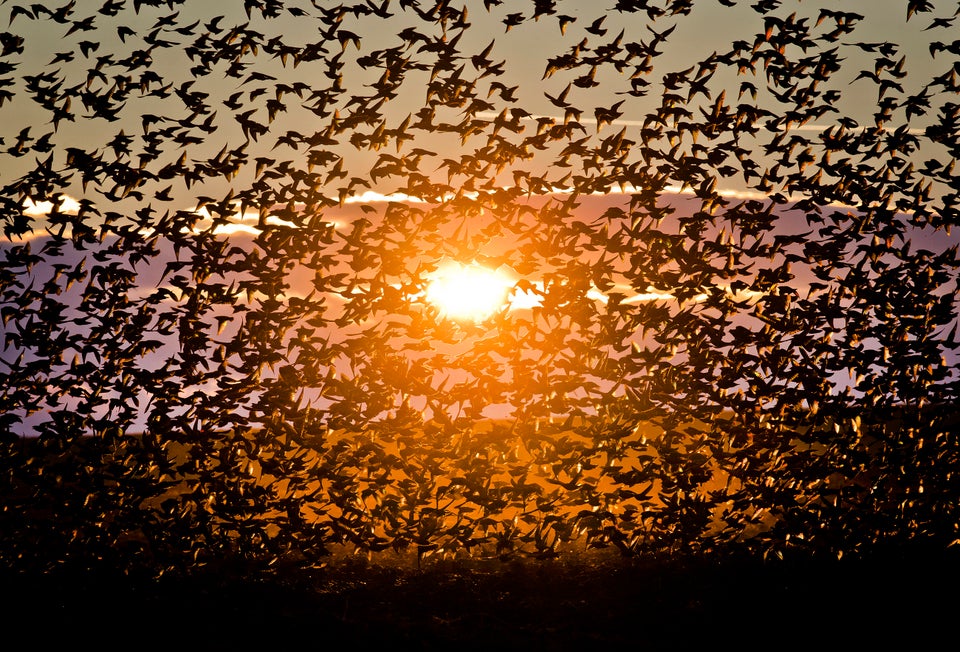There's a lot more to Mexico than Tijuana, the Zócalo and the beaches of Cancún. If you're willing to range a bit further afield, forego some of the established-tourist-circuit conveniences, and occasionally rough it, you'll be amply rewarded. Oaxacan mountain villages, jungle adventures among half-excavated ruins and the Holy Land of slow-cooked pork all await, plus a grip of other spots off the beaten path that will give you a deeper look into the soul of Mexico.
In a country that's been indiscriminately battered by bad press about local insurgencies and drug wars, you're sure to meet plenty of locals eager to show you the Other Mexico, and to help you find the adventure you're seeking in their particular corner of the country. Pack your passport, a sense of adventure and a good appetite, and we promise you'll come home with plenty of good stories to share. Here are 11 amazing—yet virtually unknown to most American tourists—Mexico destinations worth discovering for yourself.
(Photo: Wikimedia Commons via CC Attribution)

In a country that's been indiscriminately battered by bad press about local insurgencies and drug wars, you're sure to meet plenty of locals eager to show you the Other Mexico, and to help you find the adventure you're seeking in their particular corner of the country. Pack your passport, a sense of adventure and a good appetite, and we promise you'll come home with plenty of good stories to share. Here are 11 amazing—yet virtually unknown to most American tourists—Mexico destinations worth discovering for yourself.
(Photo: Wikimedia Commons via CC Attribution)
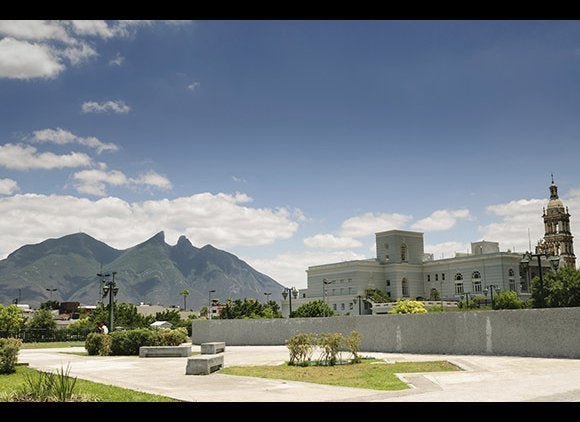
Parque Fundidora, a former steel mill converted into a massive city park, is a super-sized steampunk fantasyland that's also home to a Sesame Street theme park. If you're looking for nature, Chipinque Ecological Park is your spot: a vertiginous eco-park on the flanks of the Sierra Madre Oriental that offers fantastic views of the city—and, for the adventurous, climbs to the top of dizzying Copete de las Águilas ("The Eagles' Crest").
Don't forget your appetite. The city's trademark dish is cabrito (roasted goat), unpretentiously grilled to perfection on a spit with surrounded by glowing coals. Your best bets are the (rightfully) self-proclaimed king of Monterrey's cabrito joints, El Rey del Cabrito, which modestly announces its supremacy with a giant crown on the roof. A newer, somewhat more restrained restaurant called San Carlos has also been earning high marks.
In the fall, the local markets burst with the color of fiery piquín peppers, picked wild and fresh in the brush country surrounding Monterrey. The city is a quick commuter-jet hop from the U.S.: Judging from the flight-status displays in the airport, it might as well be a regional airport in far Southwest Texas.
RELATED:10 Secret Places in Mexico
(Photo: Thinkstock/iStock)
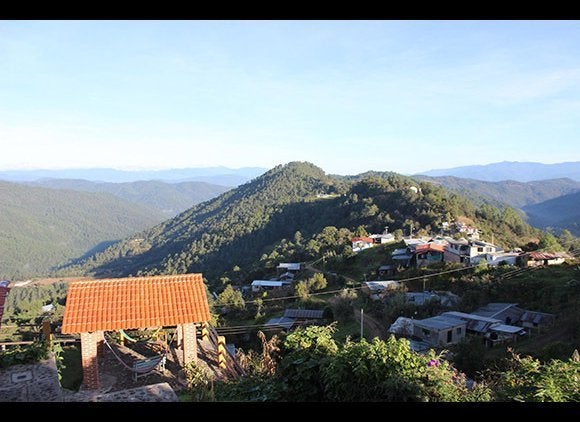
(Photo: TripAdvisor)

RELATED:10 Ways to Get Flagged at Customs
(Photo: TripAdvisor)

(Photo: Thinkstock/Medioimages/Photodisc)
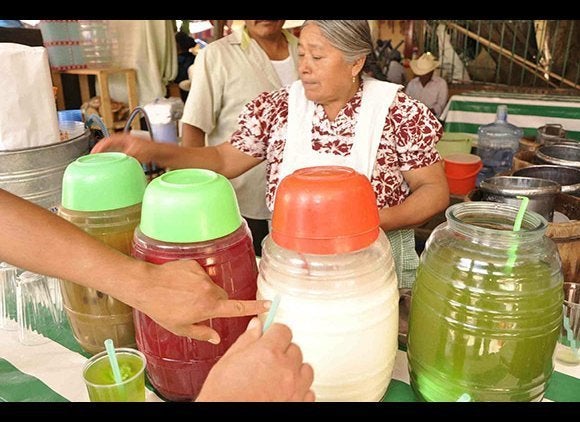
RELATED:10 Irresistibly Charming World Heritage Cities
(Photo: TripAdvisor)
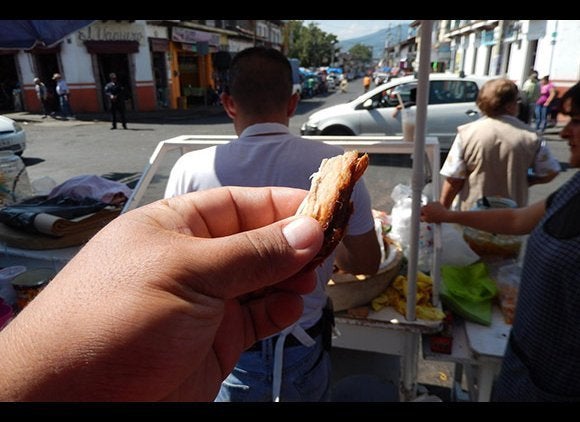
(Photo: TripAdvisor)

RELATED:10 Best Things to Do in Mexico
(Photo: Thinkstock/iStock)

(Photo: TripAdvisor)
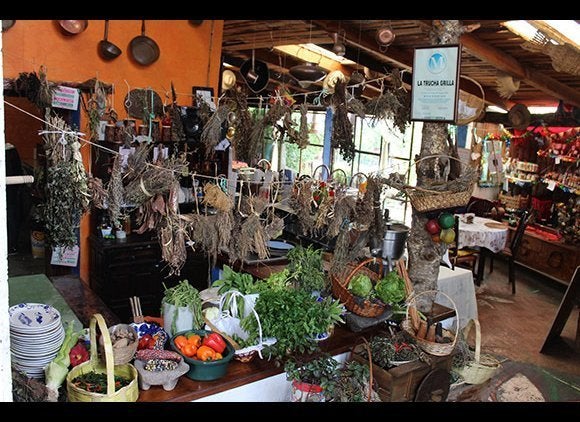
One is Mineral del Chico, a former mining town nestled in the forests on the northern rim of the Valley of Mexico in the Sierra de Pachuca range. Car rentals in Mexico City are easy and cheap, and the 73-mile-drive is a fast one that includes a beautiful stretch through El Chico National Park. Once you arrive in Mineral del Chico, you'll practically have the place to yourself: a quiet mountain town in which to spend a weekend exploring on foot.
The area around the town church, Parroquia de la Purísima Concepción—which dates back to 1569—is home to a couple of simple food stalls that serve dependable favorites like squash-blossom quesadillas. But it's the fish that will make the biggest impression. Trout are practically falling out of trees in Mineral del Chico (there are several trout farms nearby). There are plenty of good restaurants in town, including the not-to-be-missed La Trucha Grilla, where the attentive staff will fix trout more than 20 ways—including cooking a sparklingly fresh fish right there in the dining room hearth, over a wood fire sprinkled with herbs. (The restaurant with a gigantic trout mounted on the roof? That's the one you're looking for.)
RELATED:Best Things to Do on Mexico's East and West Coasts
(Photo: TripAdvisor)
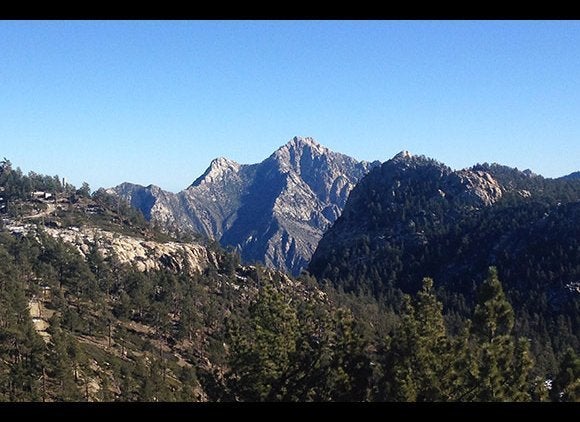
(Photo: TripAdvisor)

In 2014, Juarenses were tremendously proud to relaunch the two-week-long Fiesta Juarez, which had been halted for several years at the height of the drug wars. Much-loved Mexican crooner Vicente Fernandez came to perform, and it has (once again) become a great community event held on the U.S.-Mexico border at the foot of the Equis—the gigantic red 200-foot-tall X-shaped sculpture completed in 2013, whose true meaning people are still trying to decipher. Look for the 2016 incarnation of the fiesta to open in mid-September.
While you're in town, don't miss two Juarez culinary institutions: Burritos Crisostomo (with several locations in both Juárez and El Paso—though be warned that American-size burritos have yet to make it across the border, so at least double your normal order), and Tacos Aaajiji, which has stacks of mesquite outside for grilling up its delectable beef and pork. Neither place will ever get a Michelin star, but they're where businessmen, local families, ranchers and cops rub elbows every day. For a slightly surreal border crossing experience, you can walk from downtown El Paso across the Santa Fe Bridge to Juárez's Kentucky Bar, one of several reported birthplaces of the margarita. Once you've had your fill, a five-minute walk back over the bridge will get you straight back onto U.S. soil and the familiar comforts of home.
Read the original story: The Mexico You Don't Know (but Should) by Matt Jenkins, who is a regular contributor to SmarterTravel.
(Photo: TripAdvisor)
Also on HuffPost:
